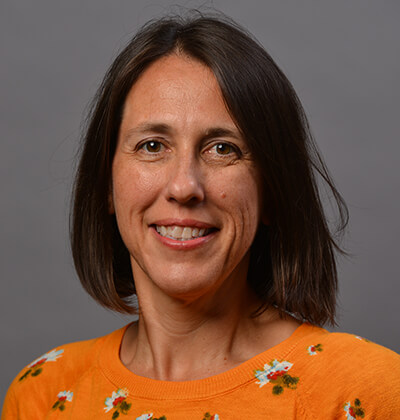Oxley’s research interests are in the general field of surface chemistry. Her graduate studies involved generating and characterizing surface composition gradients by the electrochemical control of self-assembled monolayers on gold.
She characterized the gradients using surface plasmon resonance spectroscopy and fluorescence spectroscopy. She also modified thiol gradients with the extracellular matrix protein fibronectin for studies of cell motility.
Oxley’s research interests are in the general field of surface chemistry. Her graduate studies involved generating and characterizing surface composition gradients by the electrochemical control of self-assembled monolayers on gold.
She characterized the gradients using surface plasmon resonance spectroscopy and fluorescence spectroscopy. She also modified thiol gradients with the extracellular matrix protein fibronectin for studies of cell motility.
At Trinity University, Oxley studied thin films of low-temperature molecular solids using infrared spectroscopy. She studied the isotopic exchange of H2O and D2O on the surface of ice and hydrogen-bonding in mixtures of H2S and D2S at 70 K. At St. Mary’s, Oxley has an ongoing project studying the effect of surface confinement on the acid/base properties of thiol molecules.

